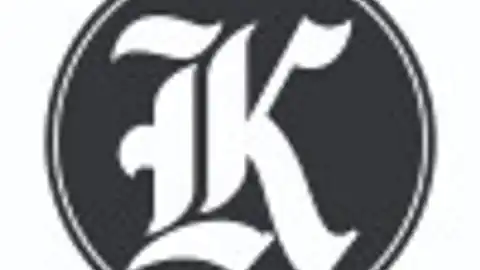There is still some political overhang on the markets after the elections and it is fair to say risks are still skewed all over the place. Markets have not come off the boil especially with the Supreme Court process on the presidential vote that may present an undercut, speaking more on the downside. As such, there are inherent risks that may arise if we are going to be hawkish in the markets.
It was fascinating watching the NSE on August 10 when the index rallied particularly on the banking stocks composite. It reminded me of some nights of long knives in the markets last year on Wall Street, orchestrated by two market events: Brexit and Trump: Equity markets crushed and yields rallied on Brexit vote outcome, but immediately after, the market correction signified that whatever Brexit meant to the investors, there was a long-term time component tied to it. The post-Trump-win market reaction was on the inverse: Equity markets rallied and bond yields crushed with the correction immediately afterwards indicating his campaign policies on commerce, regulation, tax, et cetera, would take time to transmit the underlying positive fundamentals into asset prices.
These kinds of gyrations in asset prices during such material events have inevitable reversals, with the exuberance unlikely to be sustained. Markets get back to normal through a deflation of asset prices as balance sheet tapering comes to haunt profit-takers. For Kenya, the 2013 election cycle was the dryrun for the future, that elections can be non-economic events with no related fragilities between elections and economic performance. There could be a point of reference here on what to expect. The cautions however is that past correlations have proved poor guidance, and provide lower explanatory power, for future trends. If I ran a trading desk, I would be cautiously hawkish at this point in time while referencing economists cardinal failure (and I’m guilty by training) of reluctance to accept that the future is outside anyone’s control, and consequently, making accurate forecasts is an inherently difficult, almost impossible, affair. The markets tend to have surprises and stuff happens.
These observations from the three recent events however make me conclude that economically speaking, elections are largely behind us with the outcomes likely fully priced in the markets. But then, if the corrected market is the signal, does the economy head back to chugging and humming along as it has been and what’s the thesis for staying bullish?
I personally don’t believe there is a serious undercurrent on the economy, other than on two fronts: First, the policy stance on interest rates indicates that banking credit system may continue to rapture and it’s not unimaginable that we slide into a balance sheet recession. Private sector credit has decelerated from 23% to 2% in a year. A private sector credit recession is knocking at our doors. Just like in the old James Bond movies, there are buttons that you can’t see. You push one, what follows is like dominos…it starts smooth and gradual like being conducted by a maestro, and then before you know it, you are swimming with the sharks. e interest rate cap was such a button we touched.
Second, the speed at which we have driven up the debt to GDP ratio is worrying, especially looking out at the horizon of expected returns from the debt glut over these past few years, vis-a-viz our debt maturity spectrum. The static debt to GDP ratio looks healthy, but the convexity behind it doesn’t. The taste of the pudding is in the eating and one such pudding will be the SGR operating stats six months out when those get released by year end. They are likely to be quite revealing. I worry we are punching above our weight on debt. So then what? In the short run, we need to tighten some monetary policy screws by allowing risk to be priced freely, and we need to simultaneously deal with fiscal supply side economics, for instance, finding the equilibrium on what we subsidize and how we fund it.
While no one has a crystal ball, some, particularly central bankers, have this prowess of holding a light bulb and having the world revolve around it. Me thinks Dr. Njoroge and the MPC moments will be pivotal to watch and to hung upon. Alan Greenspan perfected this art of the crystal ball. When Greenspan said it was going to drizzle, it poured, to an extend that investors world over coined the phrase “Greenspan Put” – that no matter the economic condition, uncle Greenspan underwrote the downside – there was a put option – while allowing an unlimited upside. On balance, we should stay bullish. We have the momentum to carry this economy to some stratospheric heights. I believe it’s our moment to ride an emerging economic tiger. If nothing else, with Safaricom crossing the USD10bn market cap to a middle market NYSE listed S&P500 equivalent, there is some significance here of the exuberance that our economy can underwrite.
Related; Impact of Rate Caps on Commercial Bank Lending to Private Sector
Muthui is an ex-Wall Street Investment Banker and Current Head of Strategy at Barclays Bank of Kenya
*The article first appeared on The Star Newspaper*





